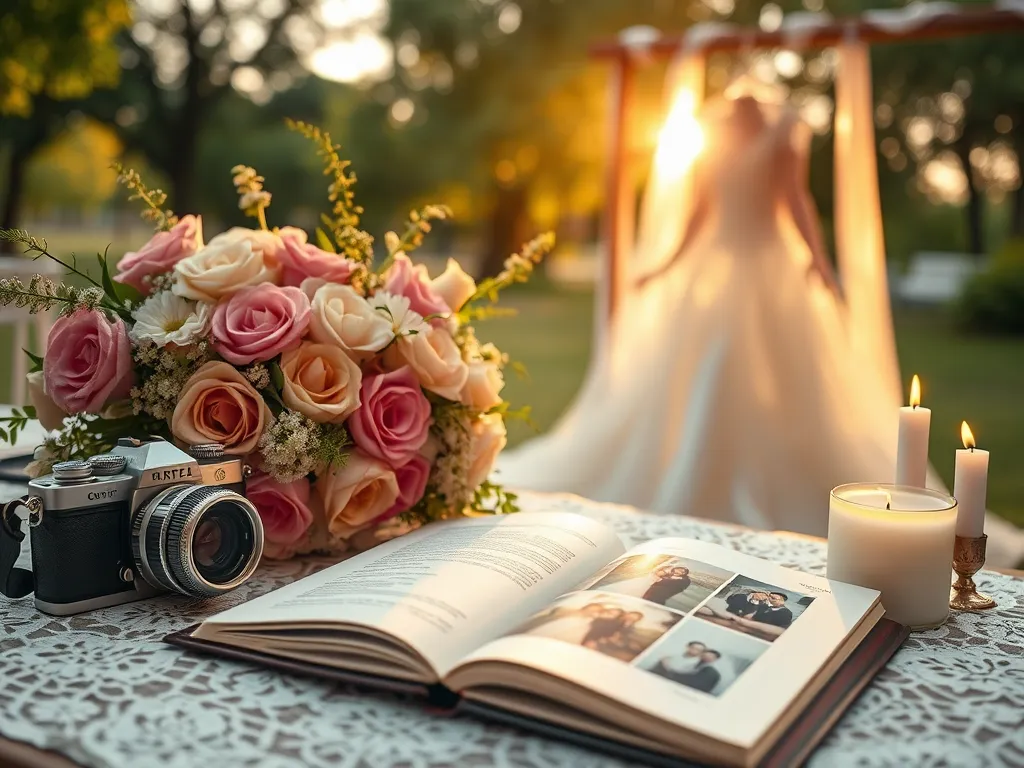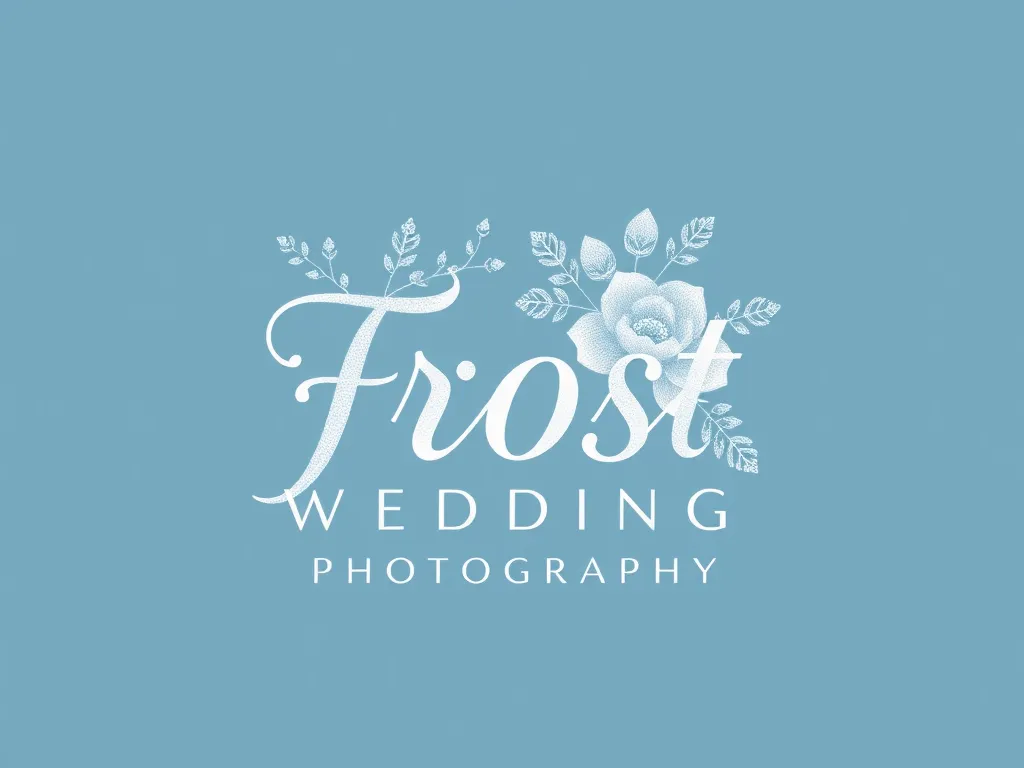Ultimate Guide to Wedding Photography for Memorable Moments

The Art of Wedding Photography: Capturing Love and Memories
Wedding Photography is a vital component of any wedding celebration, replete with emotional moments and cherished traditions. It isn't just about taking beautiful pictures; it's about weaving a narrative that captures the essence of love between two individuals. With the right photographer, couples can look back at their wedding day with nostalgia and joy, reliving those heartwarming moments that define their special day.
The significance of Wedding Photography extends beyond just the couple; it also involves the families and friends gathered to celebrate this joyous occasion. Every glance, every tear, and every smile tells a story that wedding photographers strive to capture. An skilled photographer understands that their role is not merely to document the event but to encapsulate the feelings and relationships in each frame, creating a legacy that will be cherished for generations.
When approaching Wedding Photography, one must consider various styles that can influence the final collection of images. Each style has its unique characteristics and can be tailored to reflect the couple's personality and preferences. Wedding Photography is an art form that evolves continuously with trends and technology, making it imperative for photographers to stay updated on the latest techniques and styles.
Aside from artistic styles, there are practical aspects of Wedding Photography that can significantly affect the outcome of the photographs. Proper planning, clear communication, and thorough preparation are essential when working with couples to ensure their vision is realized. Photography timelines, shot lists, venue considerations, and understanding of contracts are just some aspects that contribute to the smooth execution of a successful wedding shoot.
The post-production phase of Wedding Photography is where the magic truly begins. The editing of images enhances the captured moments, ensuring they reflect the couple's style and the atmosphere of their wedding day. Whether creating wedding albums or retouching photos, this phase is crucial in delivering a timeless collection that couples can reflect on for years to come.
Wedding Photography Styles: Finding Your Unique Flavor
Traditional wedding photography often emphasizes posed portraits and staged moments, focusing on the couple and their families. This classic style typically includes formal group shots, ensuring that no significant guest or moment goes unrecorded. Many couples appreciate this style for its timeless quality and the ability to preserve family history in artistic photographs that can be passed down through generations.
Understanding The Art and Techniques of Wedding Photography can elevate your ability to capture timeless moments on one of life's most special days.
Candid wedding photography, on the other hand, captures spontaneous moments throughout the day. This style uses a more photojournalistic approach, enabling the photographer to tell an authentic story of the wedding day unfolding naturally. Candid shots often reveal genuine emotions and interactions among the guests and the couple, presenting a beautiful, unscripted narrative.
Fine art wedding photography elevates the craft to a level of artistic expression, utilizing creative techniques and artistic compositions. Photographers working in this style aim to create visually stunning images that stand out as works of art. This often includes unique angles, thoughtful use of negative space, and an emphasis on mood and atmosphere, appealing to couples looking for a more modern and creative take on their wedding photos.
Documentary wedding photography focuses on storytelling through a series of images that capture the candid moments as they happen in real-time. This approach allows for a more narrative-driven compilation of wedding memories, often reflecting the excitement and heartfelt moments of the day without interruption. The essence of documentary photography is authenticity, ensuring that every image tells a part of the wedding day story.
Outdoor wedding photography can take advantage of natural settings, making use of stunning landscapes and natural light to enhance the beauty of the couple and their surroundings. Outdoor venues offer unique opportunities for scenery-rich compositions, but they also present challenges in lighting and weather conditions. A skilled photographer must be prepared to adapt and shoot creatively based on the environment.
Preparing for Wedding Photography: Essential Steps
Choosing a wedding photographer requires careful consideration, as this is the person who will capture the most important moments of your special day. Couples should look for photographers who align with their style and approach, review portfolios to gauge the artist's capabilities, and communicate openly about their vision and expectations to find the perfect match.
Creating a photography timeline is essential for organizing the day and ensuring that all moments are captured. Couples should work closely with their photographer to establish a comprehensive schedule that includes key moments, such as getting ready shots, first look, ceremony, and reception timelines, which will help streamline the process on the wedding day.
Discussing locations and settings in advance allows photographers to scout and plan for different shots. Whether it’s a house of worship, a garden, or a grand hall, understanding the venue's layout and optimal lighting conditions ensures that the photographer knows where and when to capture the best images.
Preparing a shot list helps ensure that important moments are not overlooked. Couples can work with their photographer to create a list of must-have shots, which fosters clear communication and ensures that both parties are aligned on expectations, making it easier to focus on the event itself during the day.
Understanding photography contracts is crucial for both couples and photographers. Clear agreements outline the terms of service, deliverables, timelines, and expectations, protecting both parties from potential misunderstandings and ensuring that couples receive the photographic services they desire without surprises after the wedding.
Post-Production in Wedding Photography: The Finishing Touches
Editing techniques play a crucial role in the transformation of wedding photos from raw captures to polished images. Photographers use a variety of software to enhance exposure, contrast, and clarity and may apply specific artistic styles to align images with the couple's vision of their wedding day. This step is essential in delivering a high-quality final product.
Creating wedding albums gives couples a tangible keepsake of their memories. Professional wedding albums are painstakingly crafted to showcase the best moments, often involving curated layouts and a thoughtful combination of images that tell the story of the couple's journey on their wedding day.
Digital retouching and enhancements can elevate individual images, addressing any imperfections and providing a more refined appearance. While it's important to retain the authenticity of the moment, subtle edits can brighten smiles, remove distractions, and ensure that the couple looks their best in every photograph.
Color correction and grading is vital to ensure a consistent look across all photographs. This aspect of post-production helps balance colors, correct exposure discrepancies, and create an overall mood that reflects the couple's unique style, ultimately showcasing their wedding in the best light.
Sourcing print products allows couples to bring their memories to life. Professional photographers often partner with quality print labs to provide high-end prints, canvases, and other products, enabling couples to display their wedding photography in their home or share them as gifts with loved ones.
Wedding Photography Tips: Maximizing Your Experience
Capturing emotions on the big day is key to creating memorable wedding photographs. Couples can encourage their guests to express their feelings openly—whether through laughter, tears, or smiles—allowing photographers to seize authentic moments that resonate deeply with the couple’s personal story.
Using natural light effectively can significantly impact the quality of wedding photos. Photographers should explore opportunities to work with soft, diffused light, maximizing outdoor settings, and indoor venues with ample windows to create breathtaking imagery filled with warmth and vibrancy.
Working with different venues requires adaptability and creativity. Photographers should embrace the unique characteristics of each location, incorporating architectural details, colors, and textures into their compositions to create stunning, personalized images for every couple.
Posing tips for couples can alleviate nerves during their photo session. Photographers can guide couples on how to express their personalities naturally, whether through light movement, subtle interaction, or intimate embraces. This fosters genuine moments over rigid poses.
Interacting with guests for candid shots is essential for a photojournalistic style. Encouraging guests to engage with the photographers allows for unplanned, spontaneous moments that reveal the true essence of the celebration, enhancing the overall storytelling of the wedding day.
Trends in Wedding Photography: What’s New and Exciting
The use of drones in wedding photography has gained popularity, offering unique aerial perspectives that traditional photography cannot capture. Aerial shots provide a stunning overview of the event and are especially impactful for outdoor weddings, allowing couples to see their venue from a new angle.
Film vs. digital photography remains a point of discussion among couples seeking to capture their wedding day. Film photography offers a timeless and romantic quality, while digital provides crisp, high-resolution images with greater flexibility in editing. Couples should consider their personal taste when choosing a style.
Incorporating video into wedding photography is a growing trend. Many couples opt for package deals that include both photography and videography to document the entirety of their wedding day, ensuring that the story is told both in stills and motion, creating a comprehensive collection.
The rise of social media sharing has transformed how wedding photography is approached. Photographers now focus on capturing moments that couples are likely to share on platforms like Instagram and Facebook, leading to an emphasis on styled shots that resonate with younger couples' aesthetics.
Unique photography angles and perspectives add depth and creativity to wedding albums. Photographers are experimenting with unconventional viewpoints—such as low angles, reflections, and asymmetrical compositions—to ensure that every couple's story is presented in an innovative way.
